- 8 Posts
- 38 Comments

 11·3 months ago
11·3 months agoI did not read the link, but two of my biggest concerns do not appear in the summary you provided :
- the burden of hosting an ActivityPub enabled service is often duplicated for each instance instead of being split between them (for example, my Lemmy instance has a large picture folder and database because it is replicating all posts from communities I’m subscribed to)
- it’s a privacy nightmare. All instance admins now have as much spying power as the single centralized service it is replacing
(Edit: typo)

 29·3 months ago
29·3 months agoIn my experience, OnlyOffice has the best compatibility with M$ Office. You should try it if you haven’t
2 years ago was already amazing for someone who tried to play CS 1.6 and trackmania using wine 18 years ago

 31·4 months ago
31·4 months agoWhat I did is use a wildcard subdomain and certificate. This way, only
pierre-couy.frand*.pierre-couy.frever show up in the transparency logs. Since I’m using pi-hole with carefully chosen upstream DNS servers, passive DNS replication services do not seem to pick up my subdomains (but even subdomains I share with some relatives who probably use their ISP’s default DNS do not show up)This obviously only works if all your subdomains go to the same IP. I’ve achieved something similar to cloudflare tunnels using a combination of nginx and wireguard on a cheap VPS (I want to write a tutorial about this when I find some time). One side benefit of this setup is that I usually don’t need to fiddle with my DNS zone to set up a new subdomains : all I need to do is add a new nginx config file with a
serversection.Some scanners will still try to brute-force subdomains. I simply block any IP that hits my VPS with a
Hostheader containing a subdomain I did not configure

 2·4 months ago
2·4 months agoThanks for the details ! Still curious to know how a new instance, with an old domain and fresh keys, would be handled by other instances.

 2·4 months ago
2·4 months agoI’m pretty sure they are actually hosting it. The tech is quite different (cofractal uses urls ending with
{z}/{x}/{y}, while their tile sever uses this stuff that works quite differently)

 2·4 months ago
2·4 months agoThere is even a “Ignore cache” box in the devtools network tab

 2·4 months ago
2·4 months agoYeah, this probably has to do with the cache. You can try opening dev tools (F12 in most browsers), go to the network tab, and browse to pathfinder.social. You should see all requests going out, including “fake requests” to content that you already have locally cached

 6·4 months ago
6·4 months agoThey told me about hosting their own tile server earlier today. I’m really impressed by how fast they moved !
A pull request for a privacy page during the onboarding is in the works, and I’ve been working with them to update the settings page and documentation (with the goal of providing an easy way to switch map providers). They are also working on a privacy policy, and want to ship all of this in a few weeks as part of a single release.
Once again, I’m really impressed with how well they’re handling this

 2·4 months ago
2·4 months agoThat’s really really weird, I cannot resolve the domain to an IP, even after trying a bunch of different DNS servers. If you’re on linux, can you run
nslookup pathfinder.socialand paste the output here ?

 2·4 months ago
2·4 months agoThe fact that it has not been bought as soon as the domain expired makes me believe this instance went down before the trend started

 1·4 months ago
1·4 months agoThese services usually use either or both of passive DNS replication (running public recursive DNS resolvers and logging lookup that returns a record) and certificate transparency logs (where certificate authorities publish the domain names for which they issue certificates). A lot of my subdomains are missing from these services

 5·4 months ago
5·4 months agoIt does not seem to be the case. Was it the full domain for this instance ?

 1·4 months ago
1·4 months agoIs
namedactually running as thebinduser inside the container ? Maybe aUSER bindline below theRUNlines will help.

 4·4 months ago
4·4 months agoI’ll probably look into newer fancier options such as Caddy one day, but as far as I remember Nginx has never failed me : it’s stable, battle tested, and extremely mature. I can’t remember a single time when I’ve been affected by a breaking change (I could not even find one by searching changelogs) and the feature set makes it very versatile. Newer alternatives seem really interesting, but it seems to me they have quite frequent breaking changes and are not as feature rich.
That being said, I’d love to see side-by-side comparison of Nginx and Caddy configs (if anyone wants to translate to Caddy the Nginx caching proxy for OSM I shared earlier this week, that would make a good and useful example), as well as examples of features missing from Nginx. This may give me enough motivation to actually try Caddy :)
(edit : ad->and)

 2·4 months ago
2·4 months agoI don’t use nginx-proxy-manager, but if you want to share what you tried, I will try to help you figure what’s not working

 1·4 months ago
1·4 months agoIt’s the clients (web/android app, probably iOS too) that are making these requests.
To the best of my knowledge, the Immich server inside the container is not making requests to the outside. It is merely sending a
style.jsonto the client displaying a map, which then fetches tiles from the Cofractal URL inside this JSON.

 2·4 months ago
2·4 months agoOr you can quite easily configure nginx as your personal caching proxy with an arbitrarily long TTL/retention duration (you can check out my follow-up post for instructions on doing that)

 5·4 months ago
5·4 months agoI used to wonder what kind of nerd notices this kind of thing, now I’m one of them
Edit : If you want to join us :
- you can run Pi-hole which is a self-hosted DNS server that allow monitoring/blocking DNS requests from devices configured to use it. In its default configuration, it acts as a network wide ad/tracker blocker.
- On Android, you can install Rethink DNS. This will configure itself as a VPN on your device, forcing all traffic to go through it. This allows it to act as an on-device firewall that allow monitoring/blocking DNS requests and TCP/UDP connections. This is similar to the features of Pi-hole, but the fact that it’s on-device allows it to be app aware : the logs will detail which app is responsible for which connection, and the allow/block rules can be app-dependent. The app honestly goes beyond all my expectations :
- it does a good job at being easy to use by default
- it is very configurable which gives you a lot of control if you want/need/can handle it
- You can configure it to route traffic (after applying firewall rules) to a Wireguard VPN or through Orbot. (Apps that act as VPNs are not compatible with each other : you can only have one active at a time)
- You can even configure several Wireguard interfaces at the same time, and route specific apps through specific tunnels
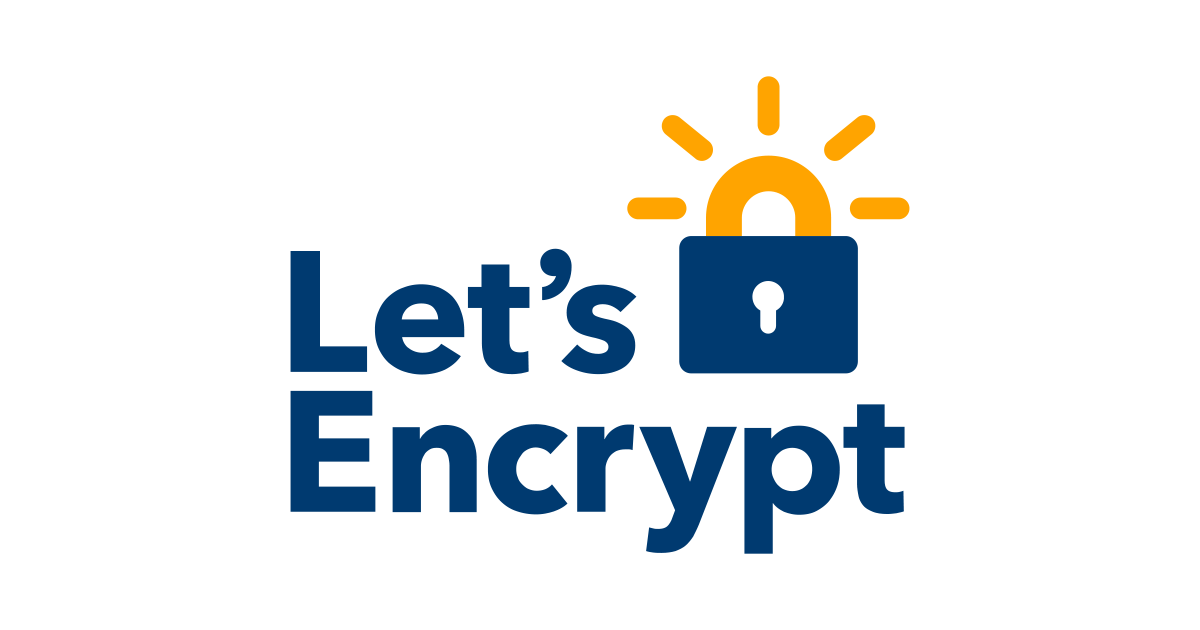
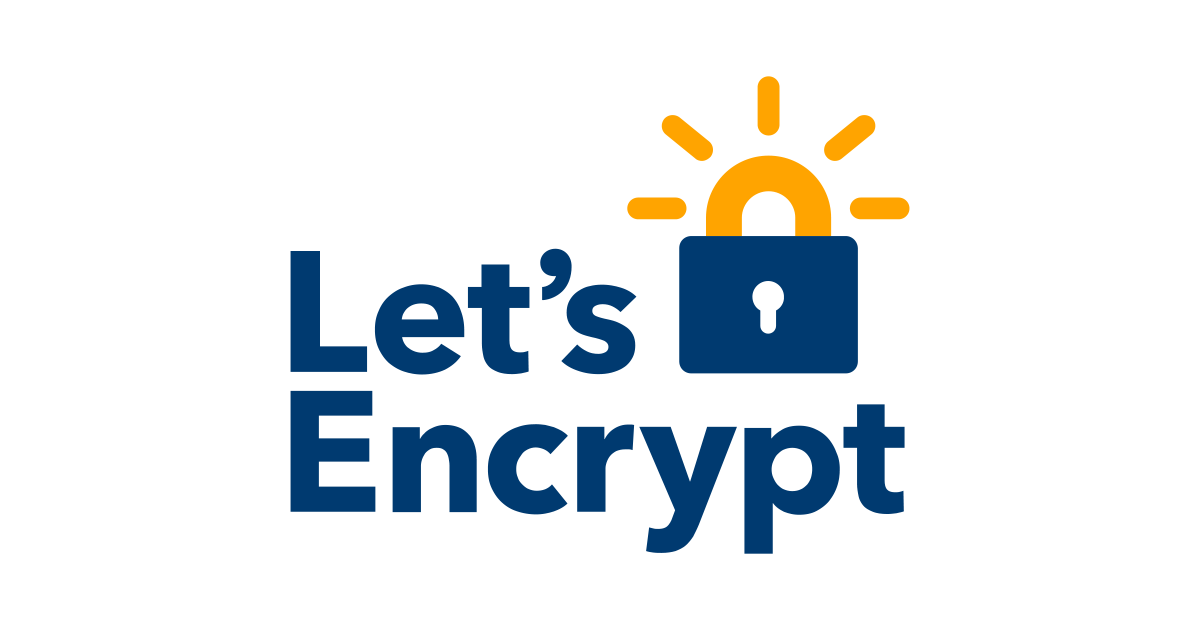

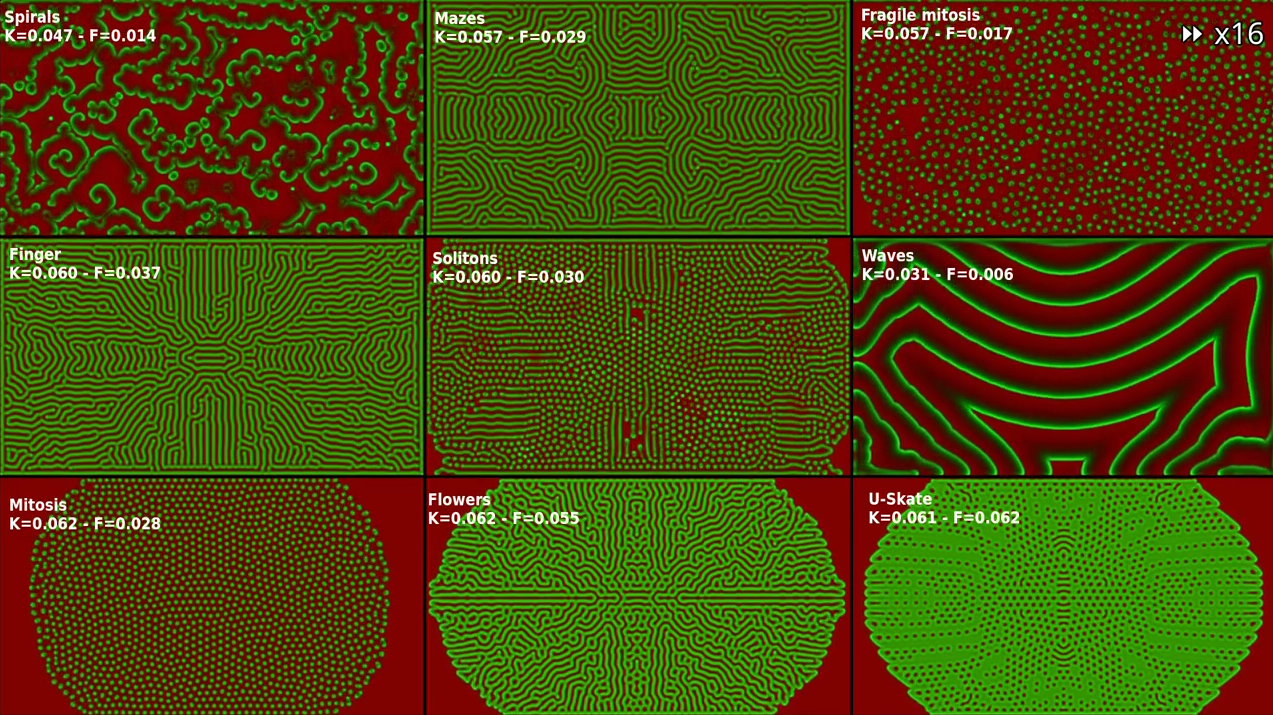
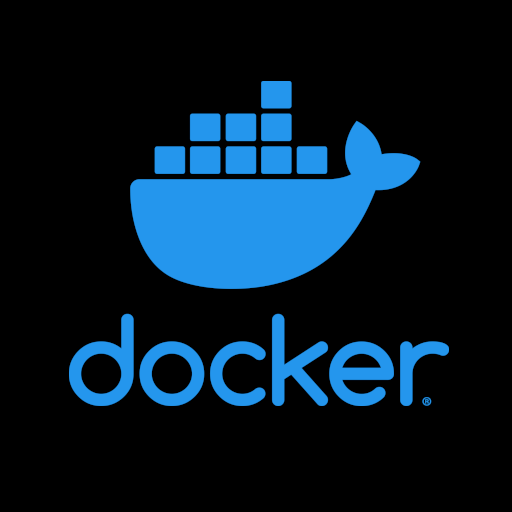
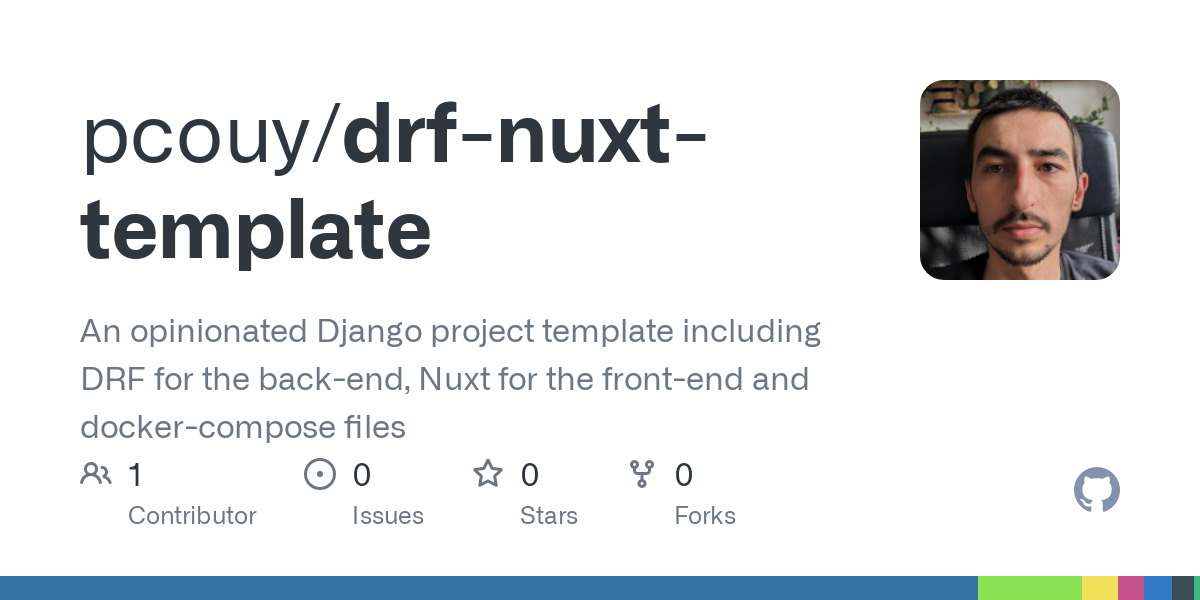

I can recommend some stuff I’ve been using myself :
I design, deploy and maintain such infrastructures for my own customers, so feel free to DM me with more details about your business if you need help with this